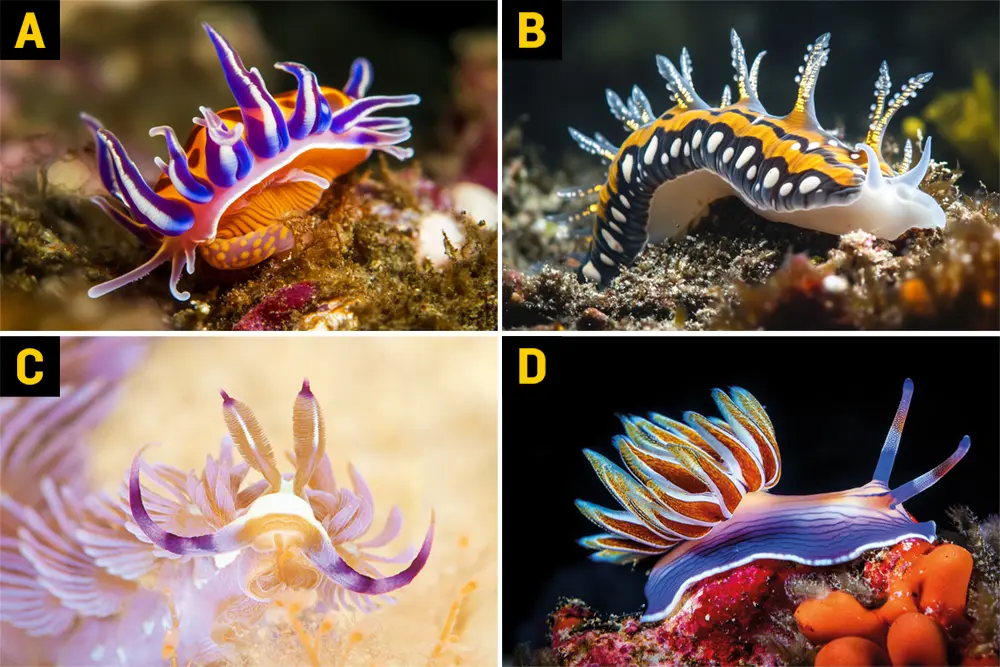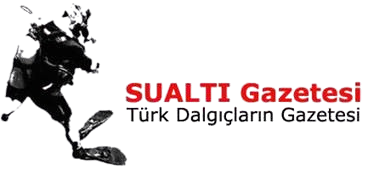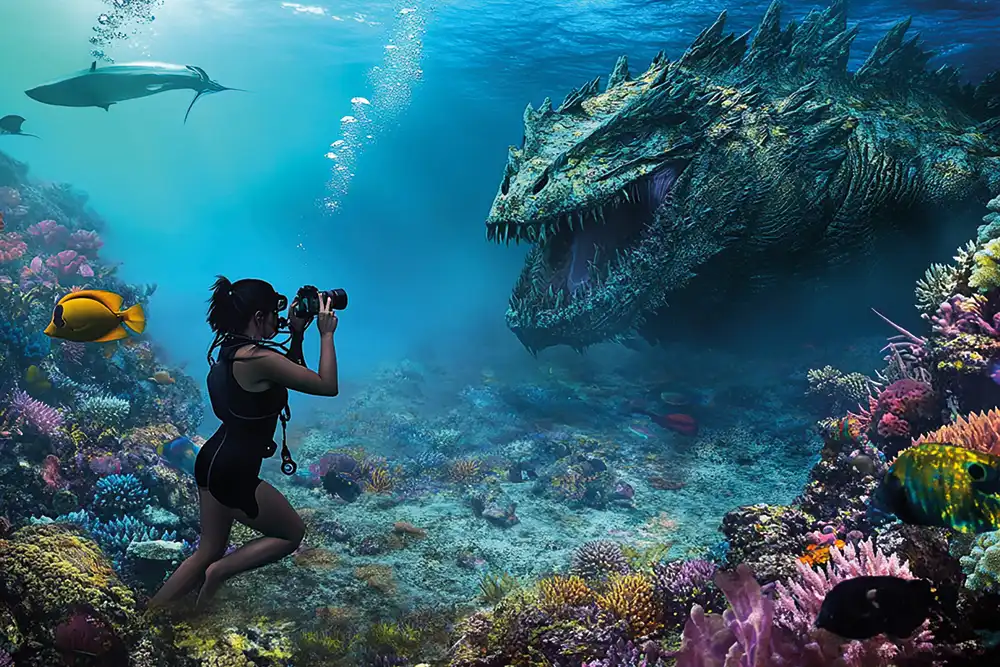
Artificial Intelligence is everywhere. Jenny Stock considers its impact on the world of underwater photography, and how she uses it to create perfect pictures.
By Jenny Stock
Long gone are the days of the photographic darkroom. In that otherworldly space, prints would slowly emerge on photographic paper, dimly lit by red lamps while surrounded by trays of intriguingly smelly chemicals.
Today, this archaic practice is rare; the machines have taken over, and AI is everywhere.
Given our additional challenges as underwater photographers (backscatter, low light and a dive buddy who gets in every shot), we need all the help we can get. So, what is available to us? And is AI a force for good or evil?
One of the first things to consider is the purpose of our image. Regular uses for my images include competitions, magazines, documentation, art, conservation messaging and memories. The destination of my image will dictate how I handle my photographs.
When I’m submerged and snapping away, I rarely obtain a flawless image. If it does happen, these perfect pictures are gifts from the underwater gods, and I submit them to competitions that don’t allow any image manipulation. Wildlife Photographer of the Year and GDT, for example.

Conversely, competitions such as Ocean Art and DIVE’s Big Shot allow much more interventionist creativity. Underwater Photographer of the Year allows manipulation, however, I feel their judges are veering towards natural history images of late.
Tragically, most of my images are imperfect and need tinkering with. Luckily, there is a wealth of tools at my disposal. The basic edits provided by Lightroom and Photoshop had their origins in the darkroom – dodging and burning evolved into digital brushes that can raise and lower shadows and highlights.
Software provides an array of interesting AI tools, and after a quick selection with a lasso, I can use a content-aware fill to remove and replace my pesky photobombing dive buddy. Programmes such as Topaz assist me with noise reduction, sharpening and upscaling images.

Most underwater photographers will have heard of the plugin for Photoshop called Backscatter Xterminator. With one click the software identifies and removes backscatter – but is it worth it?
Perhaps not for entries to purist competitions, but for photos that exist to remind us of an incredible encounter, and maybe mount on the wall – absolutely!
Removing backscatter can take hours, so it’s a great time-saving AI tool. But the question must be asked: do we want our photos to be sterile? Backscatter exists in the ocean, always removing it perhaps creates an unrealistic depiction.
Speaking of unrealistic, I must confess I love some of the bizarre images produced by AI, particularly portrayals of horrifying monsters of the deep. I dream of discovering creatures like this on a dive.
A popular image creator is Midjourney and I’ve been greatly entertained playing with it. However, fun as these images
are, they do blur lines between reality and fiction while raising ethical concerns about authenticity.
IS IT ETHICAL?


The image is far more dramatic with it removed and tweaked in Photoshop (Pictures: Jenny Stock)
There is a worry that AI is a weapon of misinformation. Today, social media is filled with images of underwater animals that don’t exist.
Critics also bemoan AI for copying our original work. When commercial organisations choose to use AI creations instead of our photographs, it takes jobs and money away from hard-working photographers. Last month, some artists took action.
One thousand musicians, including Kate Bush, Annie Lennox and Damon Albarn, released a silent album in protest against the UK’s planned changes to copyright law, arguing that it would allow companies to easily duplicate their style, vocals and ideas without paying them.
Should we, in turn, join ranks by producing some blank images? I’ve taken quite a few when I left the lens cap on… maybe I will donate them to the cause.
There is no doubt that AI is problematic. In 2023 a surreptitiously entered AI image won digiDirect’s photography competition.
The picture was created by Sydney-based company Absolutely Ai. It was entered as a publicity stunt to prove ‘machine is now the superior artist to man’.
SPOT THE GENUINE IMAGE
One of the images below is a genuine photograph, the others have all been generated by various AI systems (answer below)


On the underwater circuit, I’ve heard a tale from one judge that an entry, a stunning image of a manatee, got very far in the rounds before it was noticed the animal had an extra flipper. On further investigation, the creator was revealed to be an AI artist, so in the bin it went.
It’s still very difficult to fake RAW files, so a close examination of RAW files should be expelling the fakes.
Conversely, and remarkably, Miles Astray won an AI competition with a genuine photo of a headless flamingo. He named his image Flamingone. This authentic photograph was placed by a panel of judges and it also won the People’s Vote Award before it was revealed the image was genuine, and therefore disqualified.
Miles Astray hoped it would show that ‘nature still outdoes the machines in terms of creativity and beauty’ and that today we can ‘hardly distinguish between real media and AI-generated content’.
Cheating in photography competitions is nothing new. I always chuckle thinking about Wildlife Photographer of the Year having to withdraw an award. The image had won the ‘animals in their environment’ category, and was a dramatic capture of a snuffling anteater, reaching around a glowing termite mound.

However, it was determined by independent scientists that it was actually a photo of a recognised stuffed animal, stolen from outside a visitor centre at the entrance to Brazil’s Emas National Park. Brazilian wildlife photographer Marcio Cabral was disqualified for attempting to deceive judges.
On a more workaday level, AI has significantly improved the focus capabilities of cameras and subject detection. Other innovations have also allowed us to create novel media with cameras such as the Insta360 X4 that can be used with AI software to create an intriguing ‘tiny planet’ view of the world. Even your selfie-stick is ‘disappeared’ from the final image.
I was lucky enough to win third place in this year’s Underwater Photographer of the Year in the compact camera section with one of these striking images, demonstrating that this new and relatively inexpensive technology can compete with more expensive and complicated setups.
Finally, I just used an AI text generator to write a conclusion to this article. I quote: ‘No matter your opinion, AI is here to stay and will continue to be a significant part of your lives, impacting various industries and aspects of daily life. Its rapid development and integration into various sectors indicate its lasting presence.’
There’s no escape, the robots are taking over!
The post Artifical Intelligence in underwater photography – a force for good, or evil? appeared first on DIVE Magazine.







